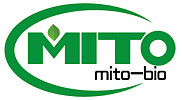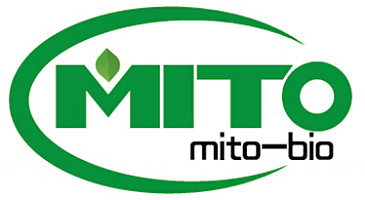
产品详情
文献和实验
相关推荐
ATCC Number :CRL-2749™
现货
| OP-9-GFP | GFP+ | |
| OP-9-DL1 | GFP+,Notch Δ-1 |
| Organism | Mus musculus, mouse |
|---|---|
| Tissue | bone marrow/stroma |
| Cell Type | Embryonic Stem Cells, Macrophage |
| Product Format | frozen |
| Morphology | fibroblast-like |
| Culture Properties | adherent |
| Biosafety Level | 1
Biosafety classification is based on U.S. Public Health Service Guidelines, it is the responsibility of the customer to ensure that their facilities comply with biosafety regulations for their own country. |
| Age | embryo |
| Strain | (C57BL/6 x C3H)F2 -op/op |
| Applications |
OP9 cells can be used to coculture mouse embryonic stem cells (ES cells) to induce the differentiation of embryonic stem (ES) cells into blood cells of erythroid, myeloid, and B cell lineages. Cocultivation with OP9 does not require exogenous growth factors or complex embryoid structures. This system will facilitate the study of molecular mechanisms involved in development and differentiation of hematopoietic cells.
|
| Storage Conditions | liquid nitrogen vapor phase |
| Complete Growth Medium | The base medium for this cell line is Alpha Minimum Essential Medium without ribonucleosides and deoxyribonucleosides and with 2.2 g/L sodium bicarbonate. To make the complete growth medium, add the following components to the base medium: fetal bovine serum to a final concentration of 20% |
|---|---|
| Subculturing | Volumes are given for a 75 cm2 flask. Increase or decrease the amount of dissociation medium needed proportionally for culture vessels of other sizes. Note: Cell density is important. If the subculture ratio is too low, the culture will not reach confluence. However, do not overgrow. Very large cells tend to appear after overgrowth and these cells are a warning sign that the OP9 cells will not support the maintenance of hematopoietic cells. Subculture just before confluence.
Interval: Maintain cultures at a cell concentration between 4 X 103 and 1 X 104 cells/cm2.
Subcultivation Ratio: A subcultivation ratio of 1:4 to 1:5 is recommended
Medium Renewal: Every 2 to 3 days
|
| Cryopreservation |
Freeze medium: Complete growth medium supplemented with 5% (v/v) DMSO
Storage temperature: liquid nitrogen vapor phase
|
| Culture Conditions |
Atmosphere: air, 95%; carbon dioxide (CO2), 5%
Temperature: 37°C
|
 微信 微博
微信 微博

上海觅拓生物科技有限公司
实名认证
金牌会员
入驻年限:9年


